Black berries on trees, bushes, herbaceous plants, edible and poisonous
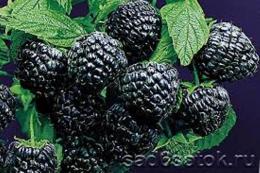
Most blacks berries Not only do they look beautiful, but they also taste good. We do not always know their names, and at the same time their possible properties. In this kingdom there are representatives quite valuable to humans. Although there are also poisonous ones that are harmful to health.
Content:
- What fruits can be called berries
- Beneficial features
- What, is there something
- The difference between edible wild berries and inedible ones
- Healthy black berries
- Poisonous wild berries
- Signs of poisoning
- Providing first aid for poisoning with poisonous fruits
What fruits can be called berries
A long time ago, when scientists decided to classify fruits, they forgot about the existence of berries. Later, the existing classification was revised. The result of this was confusion. Not many people know or understand the differences between them.
There are a couple of concepts that are fundamentally different: scientific and popular. Among the people it is customary to call berries not large, round fruits that lack a seed, have a bright color, with juicy, sweet or sweet-sour-tasting pulp. The scientific method of separation is not taken into account in this case.
In addition, the berries are picked using two fingers - the index and thumb. They are eaten whole, one at a time or in handfuls. You can collect them on bushes or find them among the grass. Rowan and bird cherry - on tree branches. Using three fingers or the palm of your hand, take fruits.
According to the scientific division, it turns out that gooseberries and currants belong to the group of berries. Rose hips, strawberries, wild strawberries are false berries, cherries and cherries are classified as drupes.
Scientists have complicated everything. A plant organ formed from an ovary and containing seeds or a stone, just one, is usually called a fruit.
Fruits that have juicy pulp and seeds in large quantities are called berries. Their development occurs from the ovary.
There are types:
- berries themselves - include gooseberries, cranberries, blueberries, blueberries, lingonberries, currants, grape;
- apple - in addition to apples, this type includes pear and rowan fruits;
- pumpkin - fruits that grow on melons, zucchini, pumpkins;
- orange - this type includes citrus fruits.
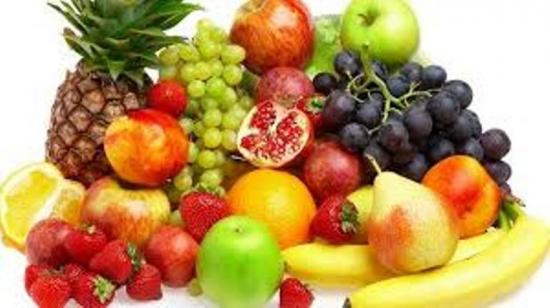
Beneficial features
No matter what types scientists divide fruits into, their benefits are important. The biologically active substances present in their composition have a beneficial effect on the body. Traditional medicine advises berries Use as food during the treatment of various pathologies.
They contain carbohydrates in the form of glucose and fructose. Pectin, which removes pathogenic microflora and toxins from the body. In addition, they contain various microelements - silver, molybdenum, manganese, nickel, cobalt, zinc, copper, potassium, boron, calcium, iodine, magnesium.
Small berry is an environmentally friendly product, without any chemicals, filled with vitamins. There is very little protein and fat. It follows from this that they cannot be called an energy source.
What is what
Berries - the fruits of tomatoes and eggplants.
Drupes are the fruits of stone fruit plants - peaches, cherries, apricots, plums, cherry.
Multidruplets - classified as complex, consisting of connected small drupes - raspberries, blackberries.
False berries include fruits that grow on rose hips, wild strawberries, and strawberries. It doesn’t matter that strawberries have a lot of grains and juicy pulp - they are not a berry. After all, the small seeds that are on it are essentially tiny nuts - real strawberry fruits. Considering everything, it is classified as a multi-nut.
When the “berry” is formed, the ovary and receptacle participate, which has grown, contributing to the formation of juicy pulp.
Due to this strawberries classified as a group of false berries. Rosehip nuts are located inside. It is also classified as a false representative of the species.
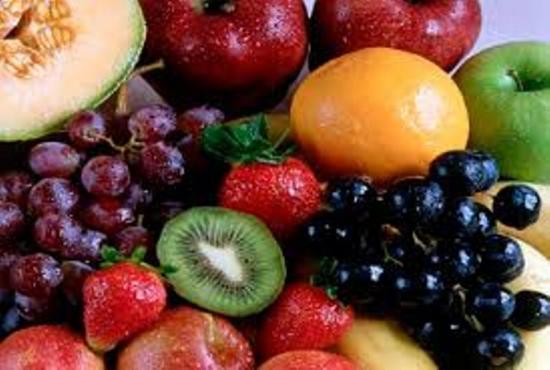
The difference between edible wild berries and inedible ones
Appearance often does not allow one to distinguish harmful from beneficial ones. Animals and birds do this without much difficulty. Pay attention to whether there are berries under the crown of a tree or under a bush that the animals feasted on. This sign indicates that they are quite edible and are not poisonous.
Having tried one of berries don't rush to eat the next one. After all, their taste can also help determine the edibility of fruits. Bitter and tart ones are usually poisonous. Non-toxic - juicy, have a pleasant taste.
The most poisonous are small round fruits, with a shiny smooth surface, with a red or black color. Always distinguished by their attractiveness. To be sure that they are not poisonous, you need to carefully study and remember the appearance and names of healthy wild berries. Photos will help with this.
Healthy black berries
We offer a short catalog of edible garden and forest black berries with descriptions and photographs.In the garden or forest, black berries can be found on tree branches - aronia Rowan, bushes - currants, honeysuckle and on herbaceous plants - blueberries, blueberries.
Elder
The fruits have antioxidant properties, can lower cholesterol levels, improve vision, strengthen the immune system, and improve the condition of the cardiovascular system.
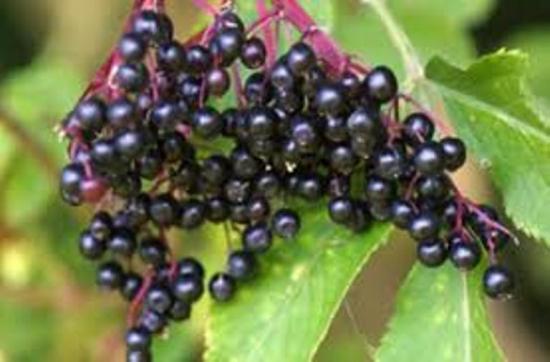
They will help cure coughs, colds, flu, tonsillitis, and fight bacteria and viruses.
Chokeberry
Chokeberry in nature it is represented by two varieties: chokeberry and red-fruited rowan. Today, purple chokeberry is known, which is a hybrid obtained by crossing red and black mountain ash.

Its berries are used to make preserves, juices and jams.
Barbados cherry
This plant has several other names: malpighia glabra, acerola cherry. It grows in Central America and the West Indies, where the juice from its berries is very popular. The fruits of this plant contain 65 times more vitamin C than oranges.
Canadian pride
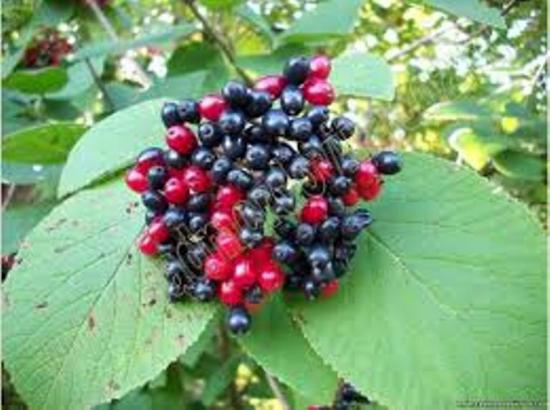
The fruit is a drupe, blue-black. Birds usually feed on them.
Acai
The small, round, black berries are one of Brazil's main cash crops. Used to make a variety of drinks. Their antioxidant properties have been known since ancient times.
Virginskaya bird cherry
Unripe fruits, which are red in color, are sour and tart. When they ripen, they acquire a dark color and become less tart.
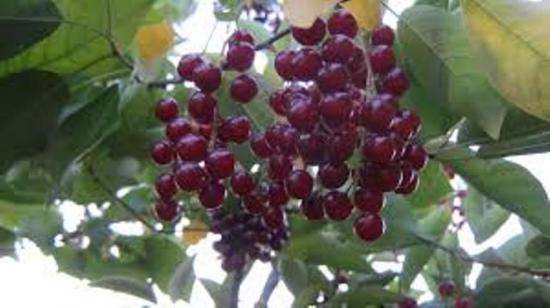
Syrups, jams, and jellies are made from them, but this requires a large amount of sugar or its substitute.
Black raspberry
Berries with a classic sweet taste, without being cloying. Crimson the aroma is not lost during heat treatment. The fruits contain ellagic acid, which helps prevent the growth of cancer cells.
This makes the fruits of the shrub an effective remedy used for preventive purposes to prevent the development of cancer.
Black currant
The shrub has black, pleasantly smelling berries that look like red fruits. currants. Used in making jams, pies, ice cream, and cakes.
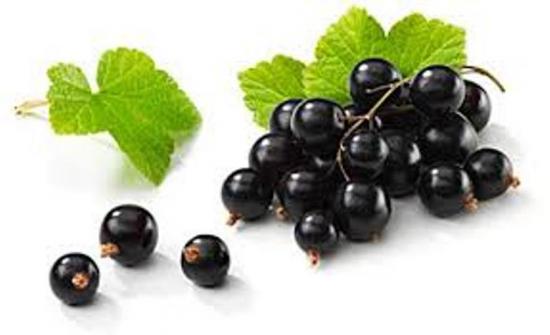
The composition contains vitamin C in huge quantities. In addition, they contain iron, vitamin B5, phosphorus, and potassium.
Honeysuckle
The fruit contains: vitamin C, potassium, calcium, magnesium and quercetin - which successfully eliminates free radicals. Berries for centuries honeysuckle used in recipes by Chinese healers. Some of the varieties contain poison, so its fruits should be purchased in stores or grown on your own plot rather than picked in the forest.
Blackberry
Blackberry fruits consumed as food help normalize metabolic processes in the human body and increase immunity. Infusions and decoctions prepared from roots and leaves help with wound healing and have an astringent and anti-inflammatory effect.
The height of the plant sometimes reaches 1.5 m. In spring, the bushes are decorated with large white flowers. The shape of the berries is similar to raspberries, but they are black in color, covered with a bluish coating, and have a sour-tart taste.
Black mulberry
Belongs to the mulberry family.
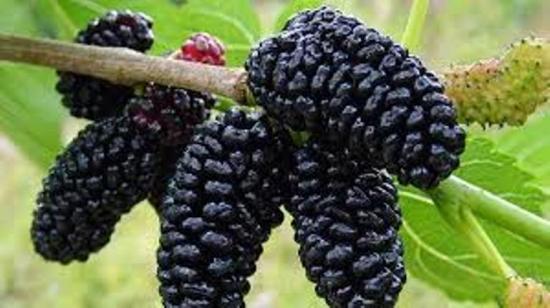
It has hard leaves with fine teeth along the edges. Fragrant and juicy berries of a dark purple or almost black color. Jams, syrups, and jams are made from them.
Blueberry
The fruits of this plant help improve vision, strengthen the walls of blood vessels, and are used to prevent diabetes.
The favorite place to grow is wetlands. The plant is a shrub. Its height reaches 40 centimeters. Leathery, elongated leaves. The fruits have red sweet pulp. They are usually eaten fresh, but are also prepared in the form of jam or jam.
Blueberry
In the treatment of gastritis and enterocolitis, fruits and leaves are used. In addition, they have antipyretic, vasodilating and anti-inflammatory properties. The bush is about one meter high, the berries are bluish in color.
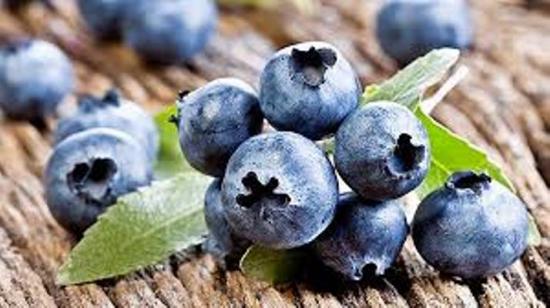
Found in northern regions, it is resistant to frost. Picking blueberries is quite difficult because they do not tolerate transportation well.
Crowberry
Well branched creeping shrub. Its height does not exceed 20 centimeters, and the length of the lashes can reach one meter. Grows in swampy areas. Stores very well without special treatment.
Berries have a rich chemical composition. Used in the treatment of nervous disorders, headaches, liver and kidney diseases.
Juniper
Fruit juniper are called cone-berries, which, when ripe, turn from green to black-purple, covered with a waxy coating. Rich in microelements and essential oils.
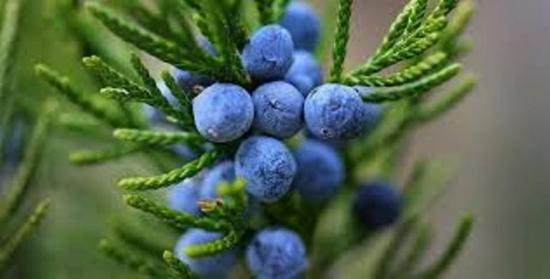
They have a wide spectrum of action. They are used in the treatment of diseases of the lungs, genitourinary system, gastrointestinal tract, gall bladder, and joints.
Poisonous wild berries
While walking through the forest, you need to remember that not all berries have beneficial properties.Among them there are often those that can harm the body and cause severe poisoning or even death.
Maiden grapes
Externally, the plant looks like a home plant grape. It is widespread throughout Russia. It has small berries that can easily be mistaken for ordinary grapes. They have a sharp, astringent and unpleasant taste. These signs will help identify it.
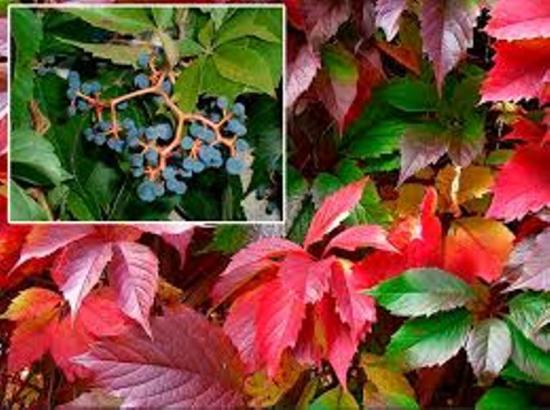
To harm your health, you need to eat quite a lot of berries.
Having tried just one and realizing that it is an inedible girl’s grape, do not panic, but simply do not eat it again.
Nightshade
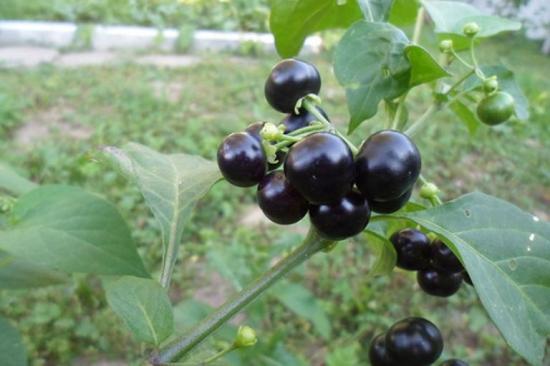
Low herbaceous bushes, often growing in forests. The berries of the plant resemble small tomatoes or peppers. They have a bittersweet taste. They are highly poisonous. It cannot be used for food under any pretext.
Buckthorn brittle
This shrub resembles a bird cherry. Buckthorn fruits are poisonous.
Voronets spica
The berries of the plant are colored black, vaguely similar to the fruits of bird cherry and rowan, have a sharp, unpleasant odor, and are poisonous. The juice provokes inflammation of the mucous surface of the mouth and intestines. If the juice gets on the skin, it causes watery blisters to appear.
Lakonos or Phytolacca americana

The plant is found not only in the wild, but sometimes also in local areas. It has powerful inflorescences that resemble ears of corn and black-purple berries, containing many harmful substances that can harm the human body.
Common privet
The fruits of this plant can be confused with bird cherry. In common parlance they are called “wolf berries”. They should not be eaten - they are highly poisonous.
Crow's eye
This is a low plant with only four leaves on its stem.Their arrangement resembles a cross. At the place where the leaves grow together there is only one berry, it is black. You can't eat berries because they are dangerous.
Belladonna or belladonna
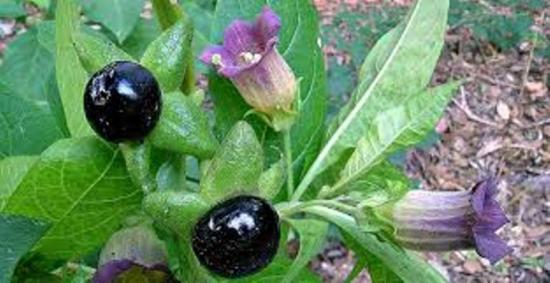
Large and shiny berries are treacherous. They have a sweet taste. But a couple of eaten berries can lead to respiratory arrest and death.
Signs of poisoning
In cases of poisoning by poisonous plants, the following symptoms are observed:
- increased heart rate;
- general malaise;
- pain in the epigastric region;
- gastrointestinal disorder;
- the appearance of nausea, vomiting;
- dizzy;
- convulsions.
Providing first aid for poisoning with poisonous fruits
Call an ambulance!!! And before her arrival, you need to empty your stomach.
Vomiting, which occurs during poisoning, is a protective reaction of the body. It helps to get rid of poisons. If there is no vomiting, it must be induced or the stomach must be rinsed.
The simplest way is: drink 1.2-1.5 liters of warm water with the addition of manganese. The solution should be slightly pink. You can also use boiled water to which you add baking soda. Then induce vomiting. This procedure must be repeated.
Then give the patient activated charcoal, at the rate of 1 tablet per 10 kilograms of the victim’s weight. Coal can be replaced with any other absorbent.
To completely cleanse the body of poisons, you need to do a cleansing enema or take a laxative.
Upon completion of these procedures, the victim must be wrapped up and, if necessary, covered with heating pads. Drink hot sweets tea.
Useful information about edible and poisonous forest plants, we recommend that you carefully watch the video:

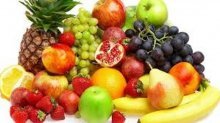
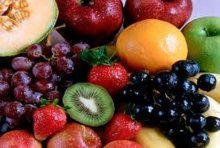
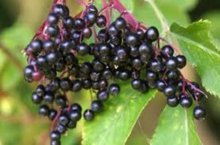
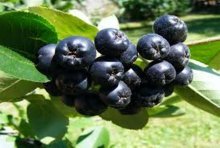
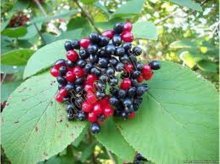
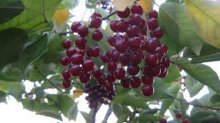
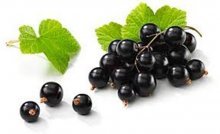
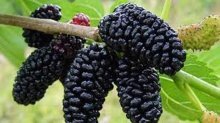

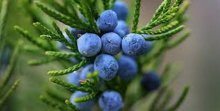
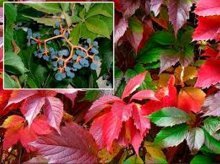
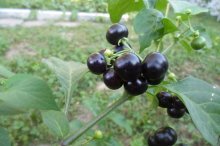
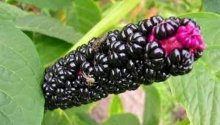
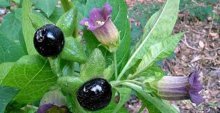
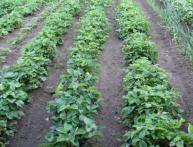
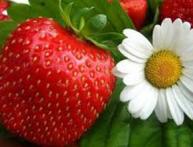

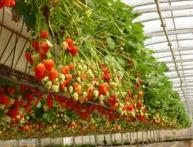
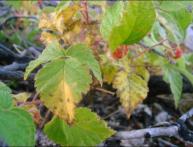
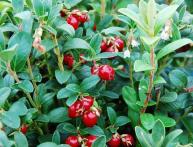
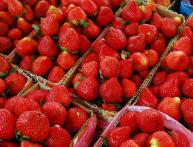
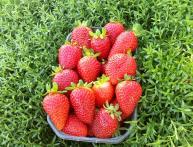
Comments
It’s impossible to know all the poisonous berries, but for example, this is the first time I’ve read about black raspberries.I always taught my son that if the berry is unfamiliar, you definitely can’t eat it, you can pick a few things and bring them to show the adults.
Among the edible black berries that grow in our dacha, like probably everyone else, are currants, blackberries and raspberries. There is also a chokeberry tree from which I make liqueur, which has a very pleasant taste and color)
I have black Cumberland raspberries growing in my dacha. The taste is not at all like regular raspberries. But the children love her very much. We are always pleased with the harvest. It goes great when frozen and retains the taste just like fresh.
Mulberries grow on trees, but blackberries usually climb or grow like shrubs. I have not seen blackberries growing on trees, although new varieties may have already been developed that I don’t know about.
I love chokeberry. Of course, it’s not very good to eat just like that, but it makes such cool compotes, then we drink it all winter. Lots of vitamins and delicious. My husband once made a tincture out of it, it turned out well, I advise connoisseurs to try it.